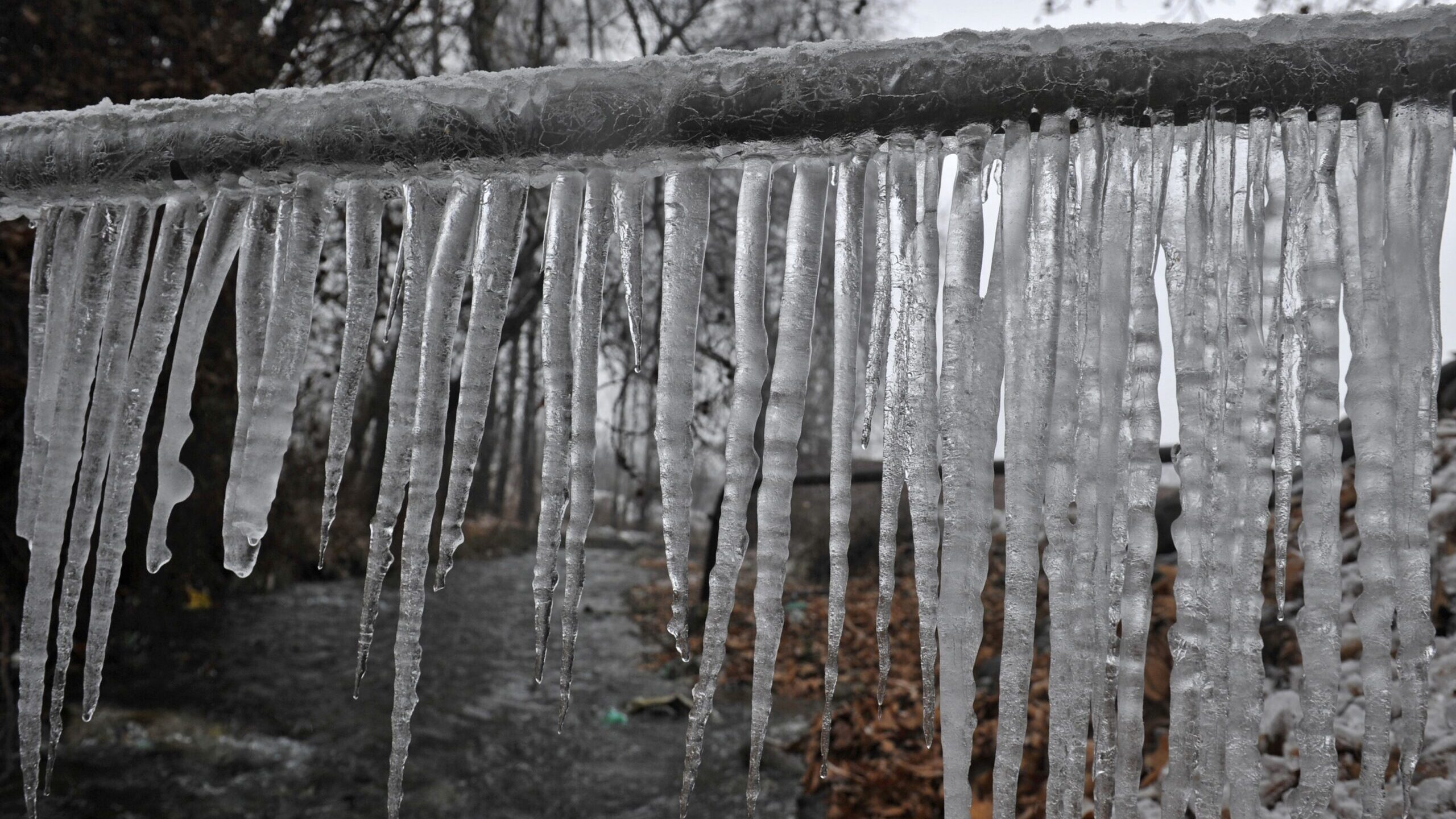What are your thoughts on How To Avoid Freezing Pipes?

Cold weather can damage your plumbing, specifically by freezing pipelines. Right here's just how to avoid it from happening and what to do if it does.
Intro
As temperatures decrease, the risk of icy pipes rises, potentially resulting in costly repair services and water damage. Recognizing exactly how to stop frozen pipes is important for property owners in cool climates.
Understanding Icy Pipes
What causes pipelines to freeze?
Pipes ice up when exposed to temperatures listed below 32 ° F (0 ° C) for prolonged durations. As water inside the pipes ices up, it increases, taxing the pipeline wall surfaces and possibly causing them to break.
Threats and damages
Icy pipes can result in water system interruptions, building damages, and costly repair work. Burst pipelines can flooding homes and cause substantial architectural damages.
Indicators of Frozen Water Lines
Identifying frozen pipelines early can stop them from breaking.
Exactly how to recognize icy pipelines
Seek lowered water flow from taps, uncommon odors or sounds from pipelines, and noticeable frost on exposed pipelines.
Avoidance Tips
Protecting prone pipes
Wrap pipelines in insulation sleeves or utilize warm tape to protect them from freezing temperatures. Concentrate on pipes in unheated or external locations of the home.
Heating techniques
Keep indoor spaces adequately heated, especially areas with plumbing. Open up cupboard doors to enable warm air to flow around pipelines under sinks.
Shielding Exterior Pipes
Yard pipes and outside taps
Disconnect and drain pipes garden hoses prior to winter months. Mount frost-proof faucets or cover outside faucets with shielded caps.
What to Do If Your Pipelines Freeze
Immediate activities to take
If you think frozen pipes, keep taps open to alleviate stress as the ice melts. Make use of a hairdryer or towels soaked in warm water to thaw pipelines gradually.
Long-Term Solutions
Structural modifications
Consider rerouting pipelines far from outside walls or unheated locations. Add added insulation to attics, basements, and crawl spaces.
Updating insulation
Purchase top quality insulation for pipelines, attics, and wall surfaces. Appropriate insulation helps maintain constant temperature levels and decreases the risk of icy pipelines.
Conclusion
Preventing icy pipelines needs aggressive measures and quick responses. By comprehending the reasons, signs, and preventive measures, property owners can shield their pipes throughout cold weather.
5 Ways to Prevent Frozen Pipes
Drain Outdoor Faucets and Disconnect Hoses
First, close the shut-off valve that controls the flow of water in the pipe to your outdoor faucet. Then, head outside to disconnect and drain your hose and open the outdoor faucet to allow the water to completely drain out of the line. Turn off the faucet when done. Finally, head back to the shut-off valve and drain the remaining water inside the pipe into a bucket or container. Additionally, if you have a home irrigation system, you should consider hiring an expert to clear the system of water each year.
Insulate Pipes
One of the best and most cost-effective methods for preventing frozen water pipes is to wrap your pipes with insulation. This is especially important for areas in your home that aren’t exposed to heat, such as an attic. We suggest using foam sleeves, which can typically be found at your local hardware store.
Keep Heat Running at 65
Your pipes are located inside your walls, and the temperature there is much colder than the rest of the house. To prevent your pipes from freezing, The Insurance Information Institute suggests that you keep your home heated to at least 65 degrees, even when traveling. You may want to invest in smart devices that can keep an eye on the temperature in your home while you’re away.
Leave Water Dripping
Moving water — even a small trickle — can prevent ice from forming inside your pipes. When freezing temps are imminent, start a drip of water from all faucets that serve exposed pipes. Leaving a few faucets running will also help relieve pressure inside the pipes and help prevent a rupture if the water inside freezes.
Open Cupboard Doors
Warm your kitchen and bathroom pipes by opening cupboards and vanities. You should also leave your interior doors ajar to help warm air circulate evenly throughout your home.
:strip_icc()/snow-outdoor-faucet-pipes-4af65d1e5e904fb1aa7bf74071fe5d89.jpg)
I was brought to that article about Winter Plumbing Precautions: Preventing Frozen Pipes from a buddy on another web address. So long as you enjoyed reading our blog posting please make sure you remember to share it. I appreciate your readership.
Try Here
Comments on “Important Tips for Avoiding Frozen Plumbing in Winter Seasons”